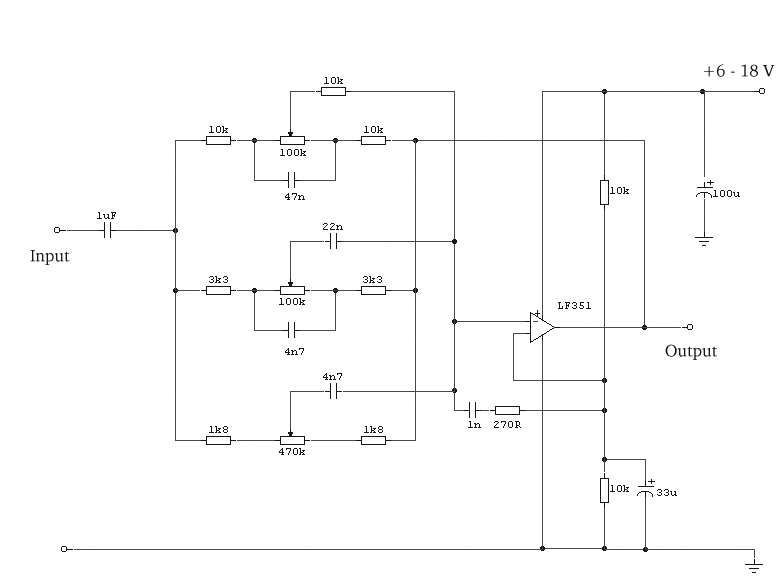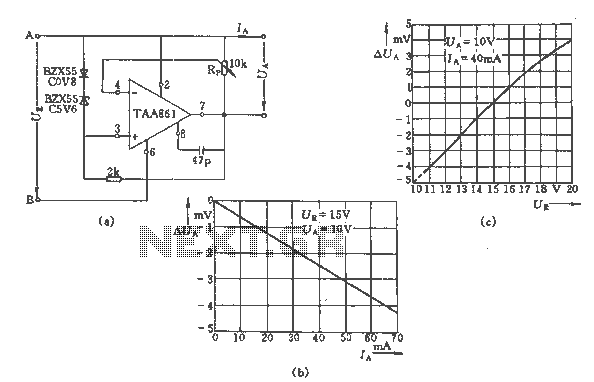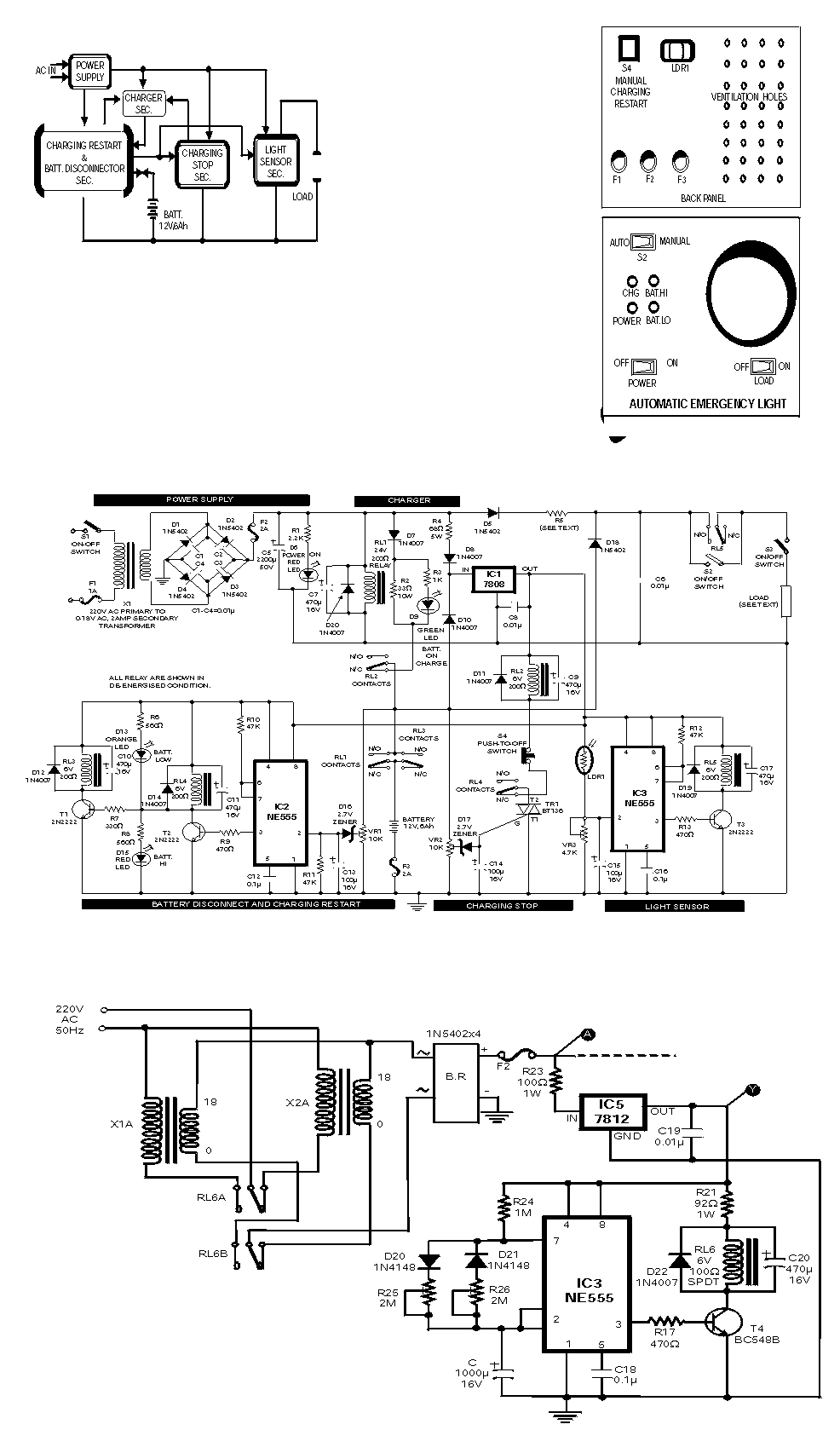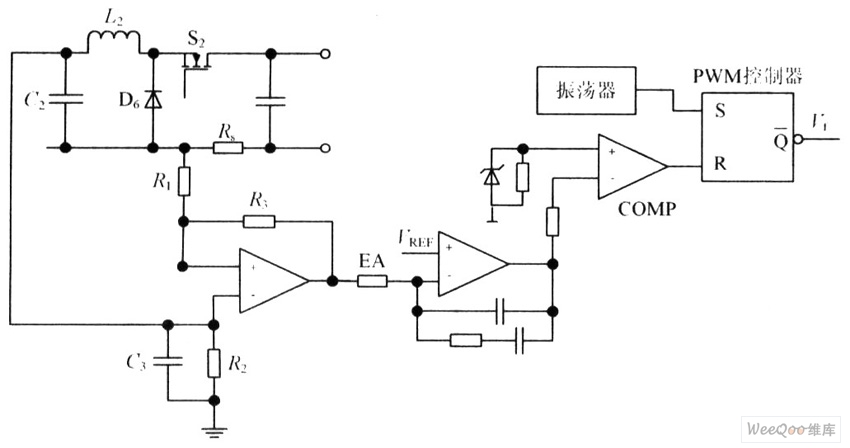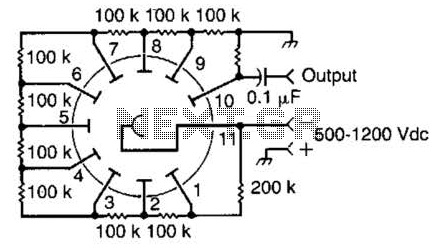
Automobile AM radio circuit
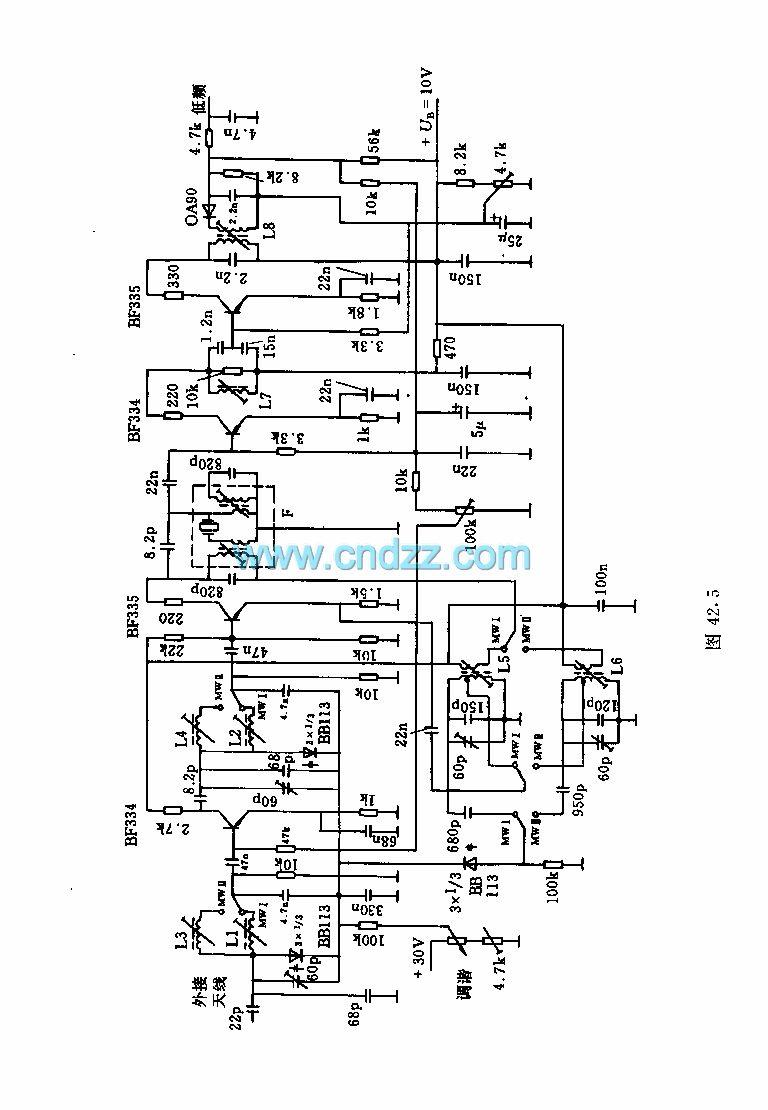
This circuit illustrates the high and mid-frequency sections of a car radio. The medium wave band I operates within the frequency range of 520 to 950 kHz, while Poland II operates between 900 and 1640 kHz. The circuit employs loop tuning with a tunable diode, specifically the BB113. The main coil specifications are as follows: L1 has 122 turns, L2 also has 122 turns, L3 consists of 68 turns, L5 has 96 turns (this is a coupling coil with 7 turns), and L6 consists of 64 turns (this is another coupling coil with 5 turns). All coils from L1 to L6 utilize 8 × 0.03 mm copper wire, while L7 has 90 turns.
The circuit is designed to facilitate the reception of medium wave radio frequencies, which are essential for AM broadcasting. The use of a tunable diode, such as the BB113, allows for precise frequency adjustment, enabling the user to select different radio stations within the specified frequency bands. The loop tuning method enhances selectivity and sensitivity, which is critical for clear audio reception in automotive environments where interference can be prevalent.
The main coils are integral to the circuit's performance. The coils L1 and L2, both with 122 turns, serve as the primary inductors for tuning and signal amplification. L3, with 68 turns, may act as a secondary inductor to improve the overall gain of the circuit. Coupling coils L5 and L6, with 96 and 64 turns respectively, are designed to transfer energy between different stages of the circuit while maintaining impedance matching, which is crucial for minimizing signal loss.
The wire specifications, using 8 × 0.03 mm copper, indicate a focus on minimizing resistive losses within the coils, which is essential for maintaining signal integrity. The additional coil L7, with 90 turns, may be used for further tuning or as part of a feedback loop to stabilize the circuit's operation.
Overall, this car radio circuit exemplifies a well-thought-out design that balances performance and efficiency, making it suitable for automotive applications where reliable radio reception is necessary.This circuit shows the high and mid part of car radio, and the medium wave band I is 520 ~ 950kHz, Poland II is 900 ~ 1640kHz. Loop tuning uses tunable diode BB113.Main coil data:L1: 122 turns; L2: 122 turns ; L3: 68 turns ; L5: 96 turns ( coupling coil with 7 turns ); L6: 64 turns ( coupling coil with 5 turns).
L1 ~ L6 use 8 × 0.03 copper.L7: 90 turns, 6.. 🔗 External reference
The circuit is designed to facilitate the reception of medium wave radio frequencies, which are essential for AM broadcasting. The use of a tunable diode, such as the BB113, allows for precise frequency adjustment, enabling the user to select different radio stations within the specified frequency bands. The loop tuning method enhances selectivity and sensitivity, which is critical for clear audio reception in automotive environments where interference can be prevalent.
The main coils are integral to the circuit's performance. The coils L1 and L2, both with 122 turns, serve as the primary inductors for tuning and signal amplification. L3, with 68 turns, may act as a secondary inductor to improve the overall gain of the circuit. Coupling coils L5 and L6, with 96 and 64 turns respectively, are designed to transfer energy between different stages of the circuit while maintaining impedance matching, which is crucial for minimizing signal loss.
The wire specifications, using 8 × 0.03 mm copper, indicate a focus on minimizing resistive losses within the coils, which is essential for maintaining signal integrity. The additional coil L7, with 90 turns, may be used for further tuning or as part of a feedback loop to stabilize the circuit's operation.
Overall, this car radio circuit exemplifies a well-thought-out design that balances performance and efficiency, making it suitable for automotive applications where reliable radio reception is necessary.This circuit shows the high and mid part of car radio, and the medium wave band I is 520 ~ 950kHz, Poland II is 900 ~ 1640kHz. Loop tuning uses tunable diode BB113.Main coil data:L1: 122 turns; L2: 122 turns ; L3: 68 turns ; L5: 96 turns ( coupling coil with 7 turns ); L6: 64 turns ( coupling coil with 5 turns).
L1 ~ L6 use 8 × 0.03 copper.L7: 90 turns, 6.. 🔗 External reference
